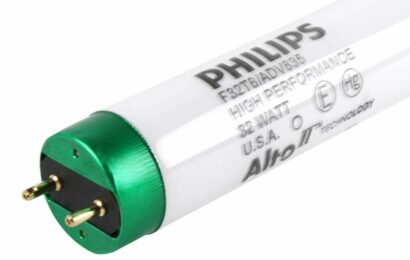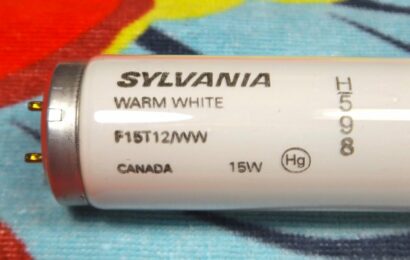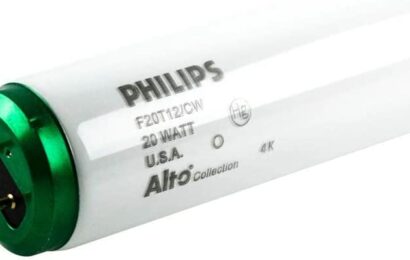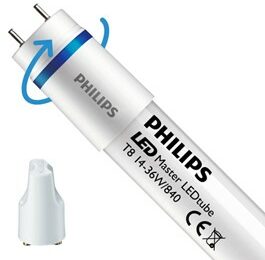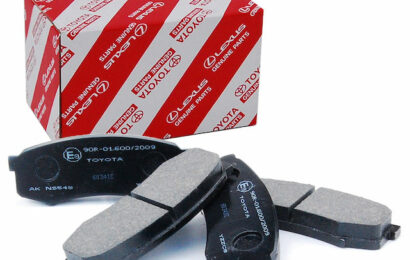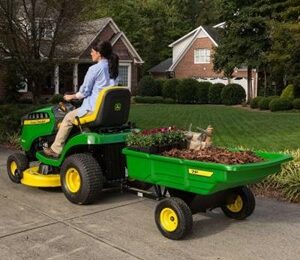Several cutting-edge flooring and wall tiles have debuted in the market in recent years. One of the most sought-after options is DuraCeramic with its light, easy-to-install designs.
DuraCeramic by Congoleum is a popular flooring alternative for people keen on non-linoleum floors. However, recent reviews and product tests have shown that DuraCeramic encounters several problems after installation.
Problems that might affect DuraCeramic tiles widely range from leaking grouts to durability issues. It is essential to identify major problems DuraCeramic tiles are prone to before placing your orders.
That’s why this article looks at some of the most vital problems linked to installing DuraCeramic tiles over time. It’s worth noting that some of these problems become evident 4 – 5 years after installing DuraCeramic tiles.
Grout leaks
DuraCeramic tiles might be impossible to install in some areas without using enough grout. In some cases, homeowners that select DuraCeramic complain of seeping cracks all around the grouts they use.
The frail nature of exteriors on some DuraCeramic tiles encourages grout weakening over time. If these tiles are installed in areas with high traffic, the chances of grout leaks become much higher.
Cost
The DuraCeramic tile range is a composition of vinyl, limestone, and other materials. The vinyl composition tile consumes more manufacturing resources; hence, it has a higher price tag.
DuraCeramic tiles cost much more than regular ceramic or linoleum flooring. Retail pricing for DuraCeramic tiles is around $6 to $10 per sq. ft.
Basic installation requirements like grout and adhesive spikes the price tag to $50 – $85 (per bucket cost with tiling).
Underlayment before installing DuraCeramic tiles will also cost more. Expect a DuraCeramic installation (with underlayment) to cost around $100 to $140 for a 100 sq. ft. roll.
Color choices might also influence the retail price of your preferred DuraCeramic tiles. Adding labor costs and other expenses may mean you need to pay double the amount required to install regular tiles.
Cleaning difficulty
DuraCeramic tiles are not easy to clean according to several customer reviews across ratings sites. Many homeowners claim the flooring proves quite difficult during cleaning than many other flooring materials, like linoleum for example.
Stubborn stains are almost impossible to remove in the current iteration of DuraCeramic tiles. Extra effort is necessary before tough stains leave the surface of these tiling materials.
Textured DuraCeramic tiles are more difficult to maintain than its non-textured version.
Easy to dent
DuraCeramic tiles installed in kitchens, living rooms, and bedrooms might experience significant denting in a short while. Placing these tiles under appliances like shelves, refrigerators, and heavy sofas creates visible impressions.
Consider installing DuraCeramic tiles in areas around your property with very low traffic. Areas like passageways, walls, and other locations expected to retain little pressure is ideal for DuraCeramic tiles.
Soft surface
The softness of DuraCeramic tiles might be a plus in some cases; however, its downsides cause more problems. Softness on DuraCeramic tiles might wear out texturing on some designs.
Worn-out texturing increases the chances of slipping and falls, especially when you install these tiles in high moisture areas.
Thin tiles
Current dimensions of DuraCeramic tiles show that one slab may be 0.25” thick in some models. Having such a thin dimension provides a weight advantage; however, it does nothing for its overall strength.
Storing these tiles wrongly could lead to easy damage, warping, and other issues.
Quick wear-and-tear of design
Design film on DuraCeramic tiles are prone to easy fading and damage, particularly in areas with high moisture or daily use. The surface design will likely wear off on DuraCeramic tiles after 3 years or more.
Its micro-thin surface layer is a major reason why it wears off with relative ease. Linoleum and ceramic tiles are prone to fading too, but not at the fast rate seen on some DuraCeramic tiles.
Flaking
Installing a DuraCeramic tile around areas with high moisture like kitchens or bathroom walls increases its chances of flaking. Wetness from high moisture environments reduces the tiles resistance significantly.
Continuous moisture seep-through causes rapid surface erosion of some DuraCeramic tiles and leads to flaking.
Chipping/Cracking
All DuraCeramic models are prone to cracking and easy chipping, particularly after encountering heavy items. These tiles don’t support a weight-resistant build common with linoleum-based tiles.
The current design of DuraCeramic tiles may not withstand hard impact and could easily cave in under pressure. Such design flaws make the DuraCeramic unsuitable for use in areas where heavy items are stored or transported.
Edges around a DuraCeramic tile will break easily too with light impact. Besides being susceptible to easy cracking, tiles from DuraCeramic can chip very early after installation.
Chipping is a common sight on DuraCeramic tiles installed in storage or high-transit areas. Regular use of these tiles will facilitate chipping and reduce its overall surface quality.
Water retention
Water resistance is a vital feature for standard tiles to maintain grip, slips, and prevent quick damage. DuraCeramic tiles fall short of water resistance required from flooring that you can install in bathrooms and high moisture floors.
